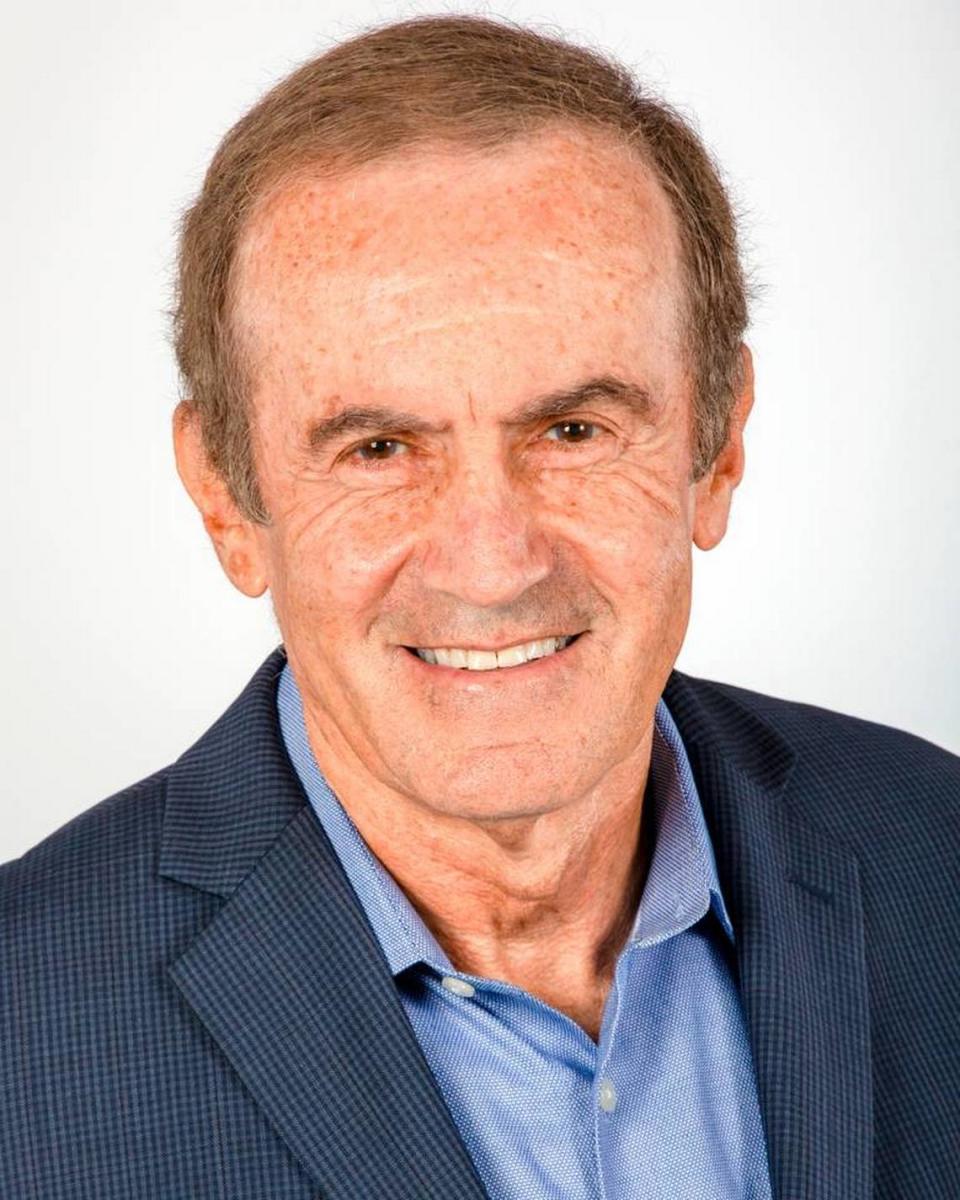Colombia’s coca crops are booming. That may lead to more drug trafficking and violence | Opinion
- Oops!Something went wrong.Please try again later.
A new United Nations report reveals that Colombia’s coca plantations reached a historic record last year, but it drew relatively little international attention.
It should be triggering alarm bells across the hemisphere.
The report suggests that we may see an increase of cocaine consumption and violence in the region. While Colombia has long been the world’s largest cocaine producer, experts say the new rise in coca plantation areas is likely to further enrich violent armed groups that control the illegal drug business and expand their reach abroad. Many of the armed groups that control cocaine production are offshoots of disbanded guerrilla groups, such as the Revolutionary Armed Forces of Colombia (FARC) rebels.
According to the new report from the U.N. Office on Drugs and Crime (UNODC), the area planted with coca bushes in Colombia rose by 13% last year to an all-time high of 230,000 hectares. Colombia’s production of cocaine, the illicit drug made out of coca, rose by 24%, the report says.
Candice Welsh, head of UNODC’s South American office, told me that there has also been an increase in coca plantation areas in other Andean nations. In Peru, areas planted with coca rose by 18% last year, and in Bolivia — where there are no figures for 2022 — there was an increase of 4% a year earlier, she said.
Cocaine production is rising because, among other things, of growing international demand for the drug, Welsh says.
While U.S. consumption remains more or less stable, it has risen substantially in Europe, Asia, Africa and emerging countries. “There’s a lot of interest by these criminal groups, the drug traffickers, to exploit all of these new markets,” Welsh told me.
Colombia’s President Gustavo Petro, the first leftist president in his country’s history, virtually ignored the rise of its cocaine production in his Sept. 19 speech to the U.N. General Assembly. Instead, he spent most of his 22-minute speech blaming U.S. “capitalism” for most all of the world’s ills, while defending Cuba and other brutal dictatorships.
Petro has criticized the U.S. war on drugs and his predecessors’ militarized approach to fighting illicit drugs. He is proposing, instead, an international agreement to address it as a public-health issue.
The Petro government says in its defense that the rise in coca plantations and cocaine production in Colombia is limited to a small and remote area of the country.
Citing the U.N. report, it notes that almost two-thirds of the coca crops are in the provinces of Nariño and Putumayo on the border with Ecuador, and in Norte de Santander, on the Venezuelan border.
In a recent interview, Colombian Justice Minister Nestor Osuna told me that the country’s coca and cocaine production already had been rising since before Petro took office last year and that the main reason is an increase in international demand for cocaine.
He said that the upward trend “is beginning to stabilize,” and added that 77 percent of Colombia’s rise in coca crops last year took place in remote parts of the province of Putumayo, where illegal armed groups control territories.
“There are no coca plantations near Bogota or near Medellin,” the minister told me. “It’s all happening in faraway areas in which there’s no electricity, no drinking water, no schools, where the government barely has only a small police or military presence.”
While it’s true that the key to successfully combating Colombia’s cocaine production will be reducing the world’ s drug consumption, I’m not convinced by Colombia’s argument that its rising coca output problem is restricted to a small area. It sounds like it’s minimizing the problem.
It’s like saying, “I have a growing cancer, but it’s limited to my pancreas. The rest of my body is doing great.” If Colombia’s overall coca production is reaching all-time highs, that’s what really counts.
If they neglect addressing the problem, Latin America — which already has some of the highest homicide rates in the world — will see even more powerful drug-trafficking mafias, more drug consumption and more violence.
We will all pay the price for this, from Alaska to Patagonia.
Don’t miss the “Oppenheimer Presenta” TV show on Sundays at 9 pm E.T. on CNN en Español. Blog: www.andresoppenheimer.com


